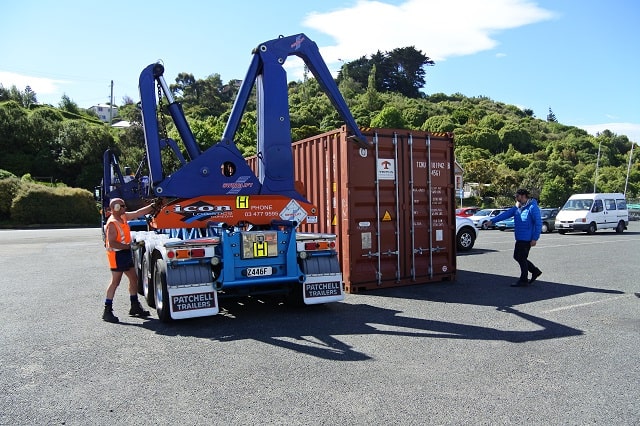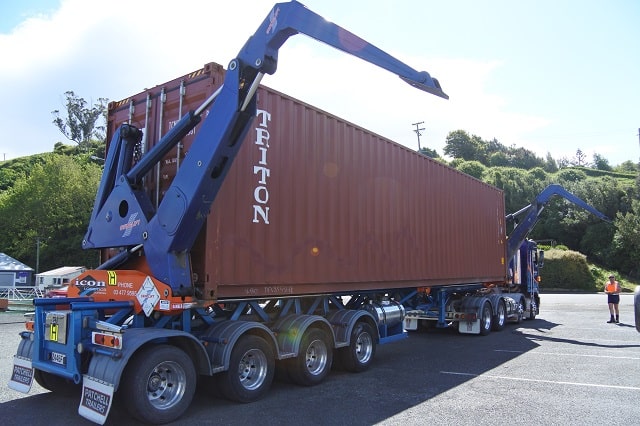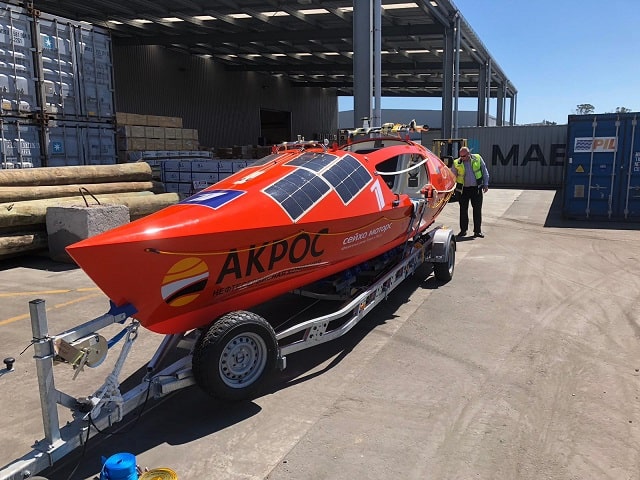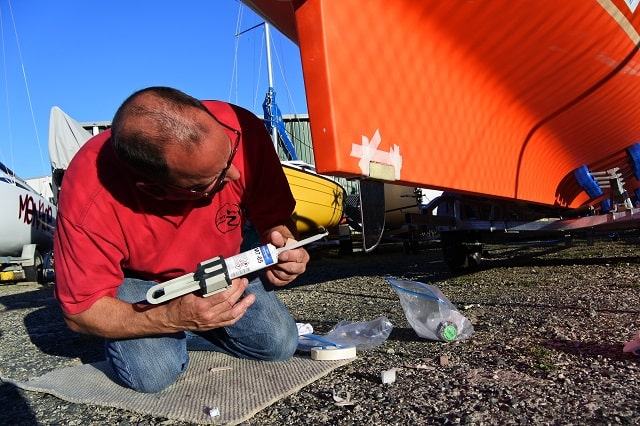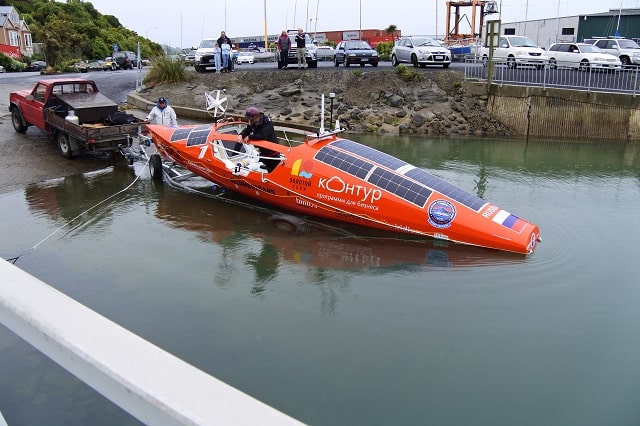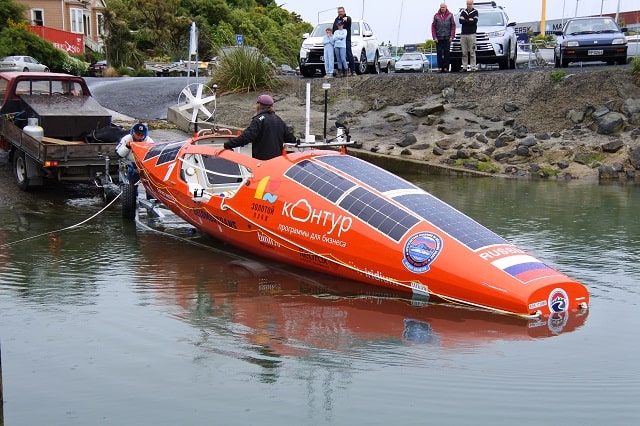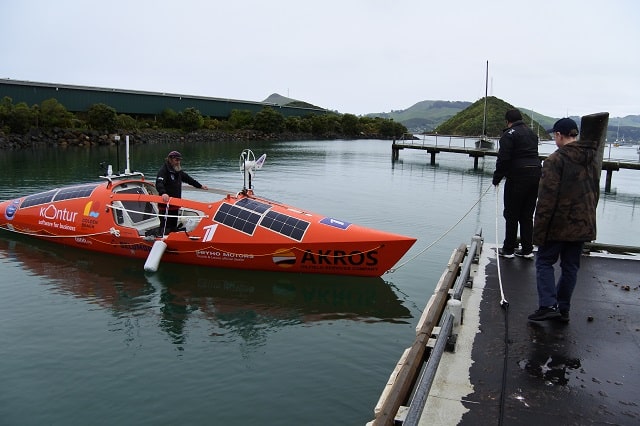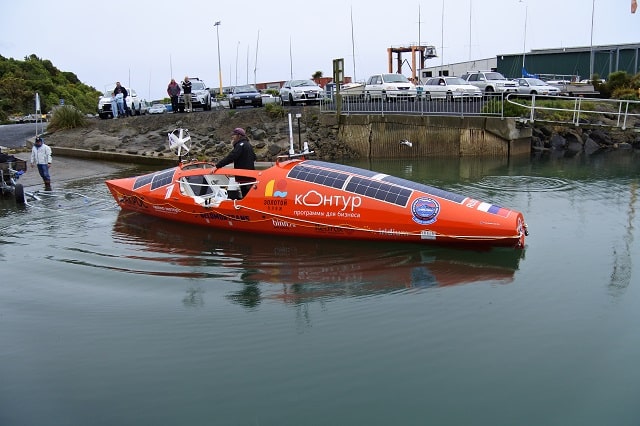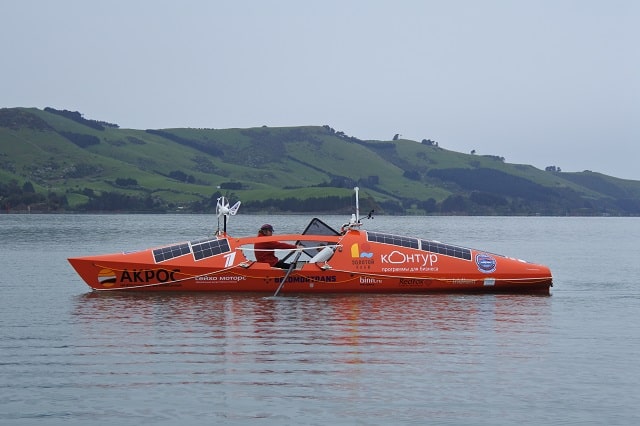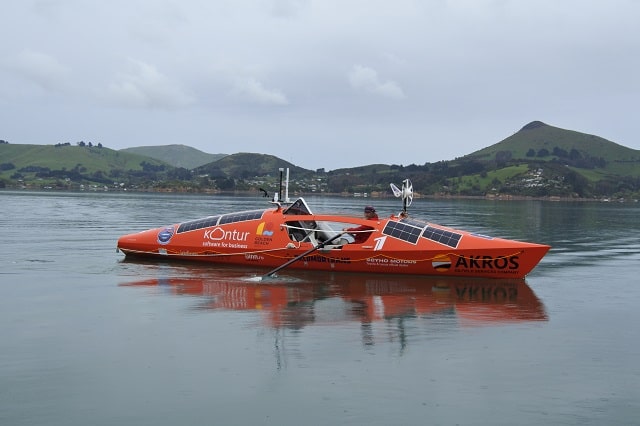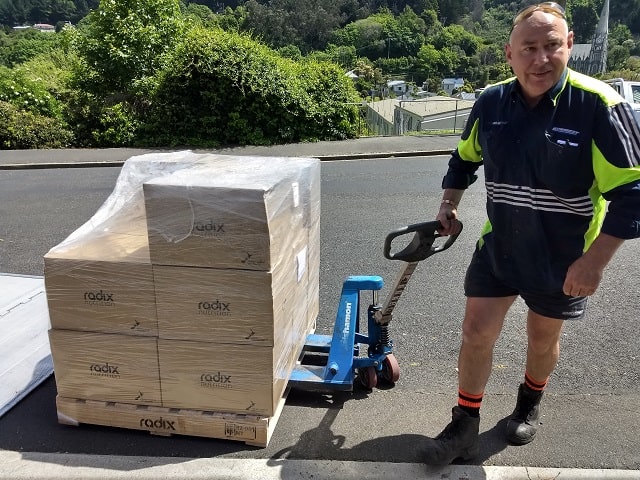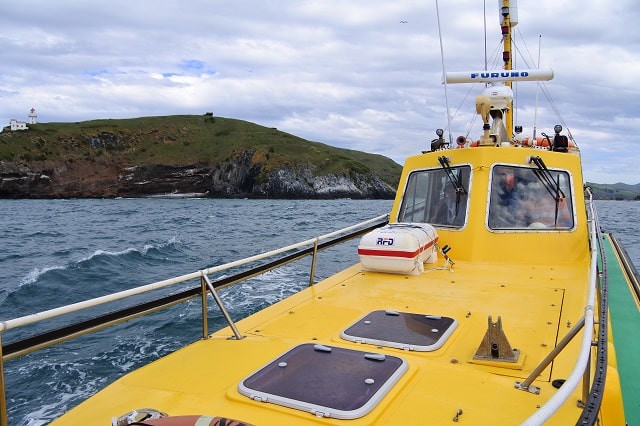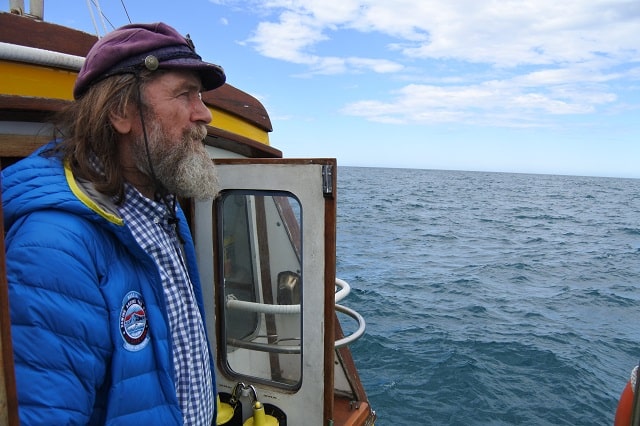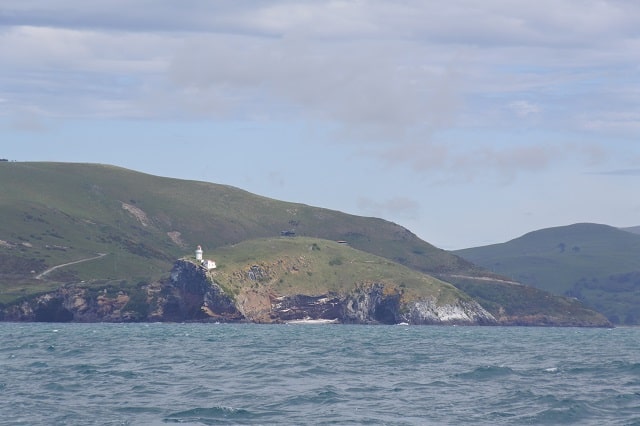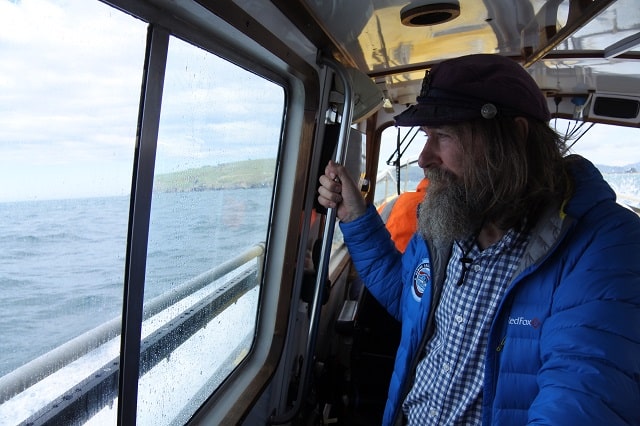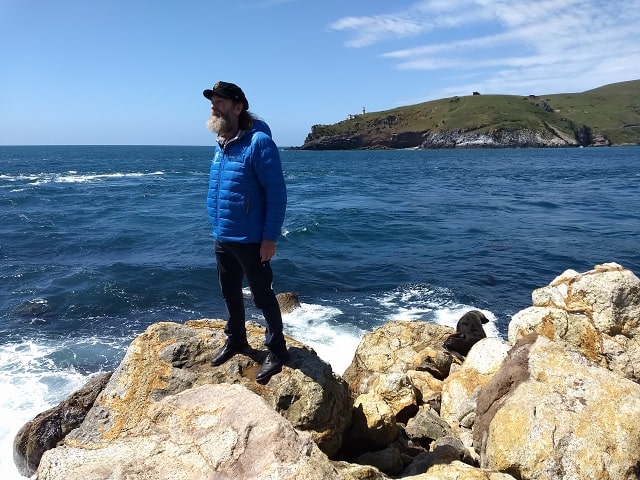A week in Port Chalmers, New Zealand
A week has passed since our team arrived in Port Chalmers in New Zealand. A lot of good things have happened during this week.
At the beginning of last week we received our boat “AKROS” safe and sound. This is a very important milestone for the project, as the boat travelled by a container ship from England, through Singapore to Christchurch, and then by rail to Dunedin. It changed containers several times, which means workers in the port had to roll it out of then and roll back into containers, and there is always the risk of damage to the hull or equipment in the process. Luckily, everything worked out, and when Mike Wood (a representative of Rannoch Adventure) opened the container doors, we were relieved to see that the boat looked exactly the same as when we loaded it into a container in early September in England.
On the arrival, the boat was covered with several layers of antifouling paint and lowered into the water. It was the first test, the first touch of water in the southern hemisphere. The members of the Port Chalmers Yacht Club kindly allowed us to use one of their floating pontoons, where our boat was moored.
For the rest of the last week, we conducted a series of sea trials in the bay. We tested and calibrated the equipment, checked the operation of the desalination plant (30 liters per hour capacity), set up the autopilot. The week past like one day.
Today, the Coastal Guards Service (Maritime NZ) has inspected the boat for readiness to go to the open ocean.
We look forward to the arrival of a batch of expeditionary nutrition from the company Radix (New Zealand brand) https://radixnutrition.com. The company is a partner of the project and provides 900 food packages rated at 5,000 calories per day.
As was planned back in Moscow, the boat should be fully ready for the start of the journey by November 14-15. Now all eyes are on the weather. The nearest weather window is November 19-20.
We are waiting for the arrival of a vast anticyclone and the north-westerly winds, which should drive the boat away from the coast of New Zealand and help Fedor to get to a safe distance from the coast.
While we were waiting for the weather, we went out on a pilot boat into the open ocean, looked at the start line and the see conditions beyond the cape. Everything looked as per usual in the Southern Ocean: a 2 meters run-up and strong currents near the coast. We’ve worked out where the current goes and developed our tactics for the first day of the journey.
There is a page on the website of the Ocean Rowing Society, dedicated to Fedor’s journey. ORS experts will monitor the progress of Fedor’s boat in the ocean: http://oceanrowing.com/Konyukhov2018/dist_map.htm
